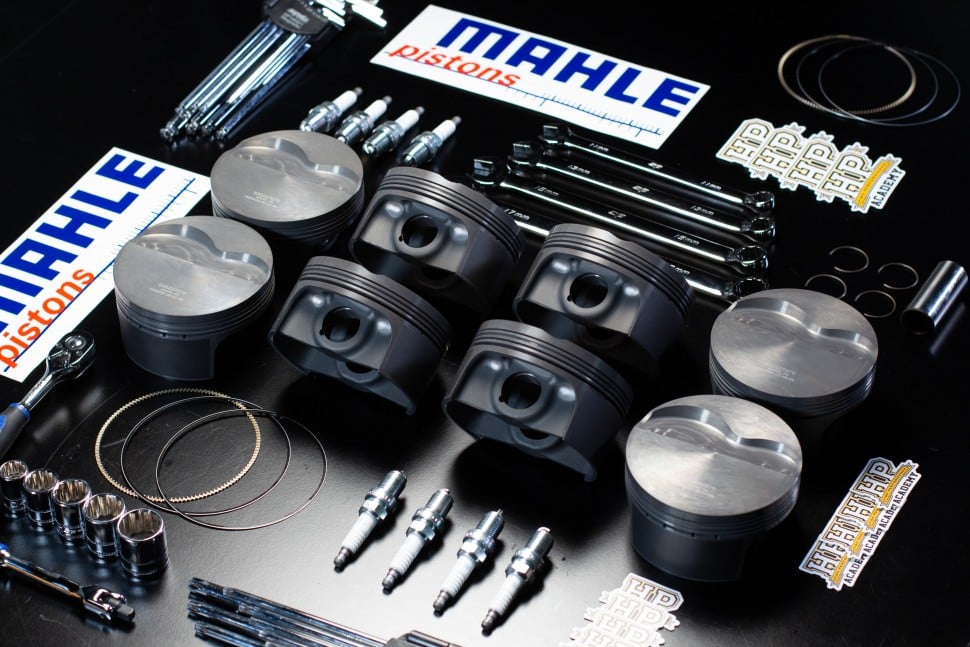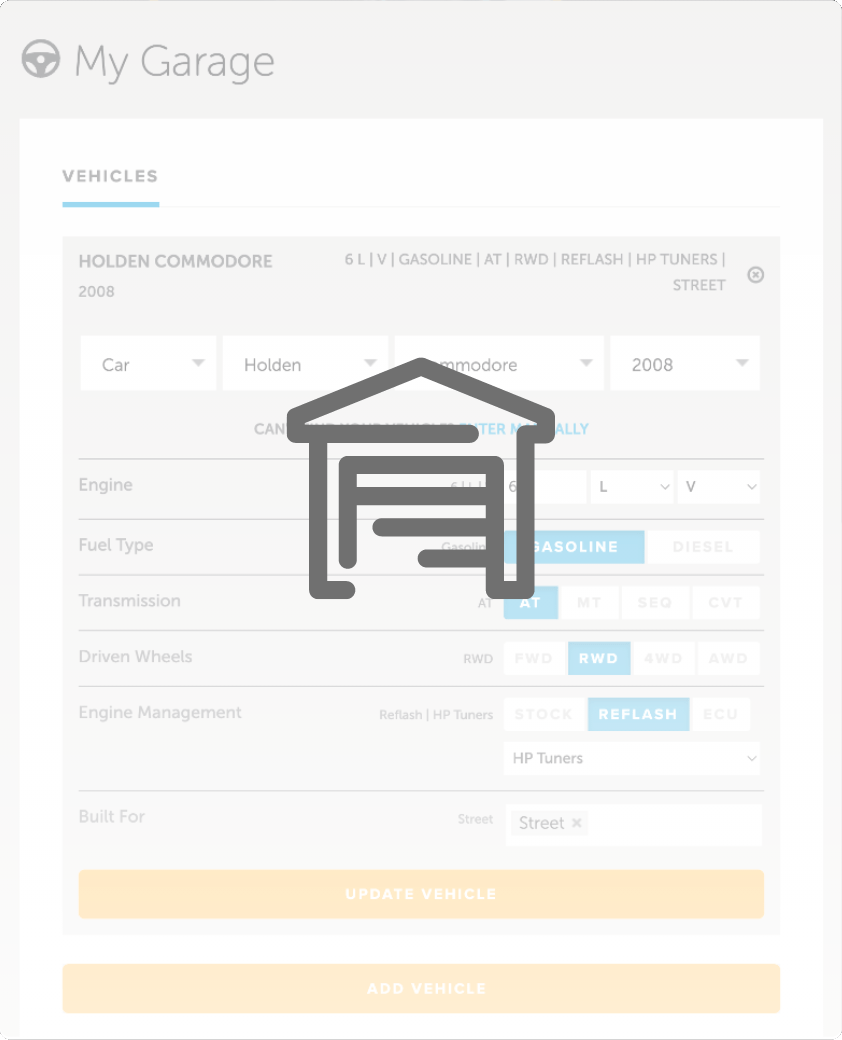| 00:00 |
One of the key benefits of modelling our design in CAD software is being able to visualise it and this goes a long way in understanding how our subframe will fit, function and look.
|
| 00:10 |
This analysis process really goes hand in hand with the CAD modelling phase, as we tend to analyse and make changes to the model as we go.
|
| 00:19 |
To make this worked example more digestible, we've naturally skipped a lot of this trial and error stage that went into modelling this part for the first time.
|
| 00:28 |
So, just keep that in mind that in reality it doesn't always go as smoothly when working through your own subframe project.
|
| 00:36 |
The first and most basic thing we can do is to check the dimensions of the geometry using the measure tool under the inspect tab.
|
| 00:44 |
With this we can measure the critical dimensions we're interested in, like the spacing of the chassis mounting holes for example.
|
| 00:50 |
Although, for this particular case we'll be completing the final welding stages with the subframe installed in the vehicle to ensure that it fits anyway.
|
| 00:59 |
By right clicking on the model bodies and ensuring that the physical material is set to 4130 chromoly so that the density is correct, we can select all the bodies of the subframe to find the total mass.
|
| 01:12 |
In this case the combined mass is about 7 kgs.
|
| 01:15 |
The original subframe weighed about 5.5 kgs and the traction bar at 8 kgs.
|
| 01:22 |
Both of these are being replaced and coming to a 13.5 kg total, we've achieved a nice weight saving.
|
| 01:30 |
At the same time the centre of mass would have shifted rearward slightly , which is also beneficial for a front wheel drive car.
|
| 01:36 |
If we recall the issues we were having with the original subframe, what's more important than minimising the mass is increasing the stiffness and strength.
|
| 01:46 |
While we can't compare this to the original subframe as we don't have a model, we can use the simulation functionality in Fusion 360 to at least make sure there's no major issues with our design.
|
| 01:58 |
First we'll hide the 3D scans, the tapers that will be welded to the chassis and the lower control arm brackets and then we'll move to the simulation workspace and choose the static stress study.
|
| 02:10 |
This setup will be a relatively simple representation of the model and although it won't be a completely accurate simulation of the real load case, it's still a practical way of gaining an understanding of its structure.
|
| 02:23 |
It's also clear that the subframe will be constantly loaded in various ways under braking, acceleration, cornering and any combination of these with varying magnitudes.
|
| 02:34 |
This isn't even considering the chance of hitting a kerb, pothole or other cars so trying to replicate this accurately results in diminishing returns.
|
| 02:43 |
Making sure the study material is set to chromoly or steel 4130 and then select the automatic constraints to essentially join everything that's touching.
|
| 02:54 |
Just like it's been completely welded.
|
| 02:57 |
This won't be completely accurate, but it is a close approximation.
|
| 03:01 |
We can check this in the browser to ensure all the bodies are included.
|
| 03:06 |
For the constraints we'll simply fix the top surfaces of the tapers on the subframe like they're being bolted into the chassis and assuming the chassis is infinitely stiff, which it clearly won't be, but the case again is a fair approximation to gain some understanding.
|
| 03:24 |
The effect of gravity will be negligible, but the structural loads require a bit more thought.
|
| 03:30 |
This car weighs around 800kgs and can achieve around 1.5gs of acceleration when cornering and braking.
|
| 03:38 |
With a static front weight distribution of around 62%, this means each front wheel has a static vertical load of about 250kgs.
|
| 03:49 |
As a rough and over estimation, let's say that under the combined braking and cornering, there's a 4000 N force directly acting on the lower control arm mount of the outside wheel and 2000 on the caster arm mount.
|
| 04:05 |
With the inside wheel pulling on the lower control arm mount with 2000 N and 1000 N on the caster arm mount.
|
| 04:13 |
Again we aren't trying to see exactly how the subframe will react to a real life load case, just highlight any potential issues when subject to loads roughly in the expected directions and magnitudes.
|
| 04:26 |
Before solving, let's quickly review the pre check function, which in this case only shows us a warning about hidden components, which we are aware of.
|
| 04:36 |
So, we can click solve and wait for the simulation study to run.
|
| 04:40 |
Reviewing the results we can see that the entire part has a safety factor over six.
|
| 04:47 |
So, we can be very comfortable that the design, if loaded like this or significantly worse, won't have any failures.
|
| 04:54 |
Since the load case was likely an over estimation anyway, it's fair to say that this design will be strong enough.
|
| 05:02 |
In regards to stiffness, we can view the displacement tab and see the maximum value of about 0.2 mm.
|
| 05:09 |
Again, from this we can move forward with some confidence that the design is not going to cause any issues with excessive compliance.
|
| 05:17 |
The other simulation work that was done was in OptimumG's OptimumKinematics software.
|
| 05:23 |
As you might have guessed, this is a software package for designing and analysing suspension.
|
| 05:28 |
Initially, this is out of the scope of this course but since it is so closely related to CAD we thought it would be best to mention it.
|
| 05:36 |
Inside the software we can plot out the points of the original and new suspension setups using measurements taken from the vehicle and Fusion 360.
|
| 05:45 |
We can then run a simulation and review a huge range of different elements to compare the original setup to that with the new subframe.
|
| 05:54 |
The intention was always to keep the suspension kinematics as unchanged as possible, with the lower control arm, upright, coilover, steering rack and upper control arm all staying in the same place.
|
| 06:07 |
The subframe mount for the caster arm was also kept in the same axis, however it needed to be shortened due to spatial constraints.
|
| 06:15 |
So, we expected some amount of change.
|
| 06:18 |
Running a simulation of a hard right hand turn, we found that there was a relatively small increase in the caster gain, which is to be expected with the move to a shorter caster arm.
|
| 06:29 |
However, the change to the camber and toe gain was negligible so we can be confident that the car should feel and drive essentially the same.
|
| 06:38 |
This will be monitored during testing and we'll likely adjust the outer tie rod end position on the upright to minimise the bump steer.
|
| 06:46 |
Finally, we need to consider design for manufacture or DFM.
|
| 06:50 |
The CRX hasn't had the easiest life, so the chances of the chassis being perfectly straight are slim and although we've worked with 3D scans, there's still plenty of chance for error to creep in during the design and manufacturing processes.
|
| 07:05 |
With this in mind, we'll be sure to do the final welding of the subframe using the chassis as the jig so we can be sure it will fit.
|
| 07:13 |
It's also worth checking that there will be access to all the areas that needed to be welded.
|
| 07:19 |
Of course, there will be some areas that will be tight but nothing out of the ordinary for a part like this and it all looks achievable with some prior planning by the fabricator.
|
| 07:30 |
We're going to make use of CNC bending and notching to help with the manufacturing process and this step only requires a step file to be sent to the manufacturer.
|
| 07:41 |
It's worth however checking that the bends and notches we require are achievable for them before finalising the design.
|
| 07:49 |
These elements in our design are all fairly simple with minimal bends and using a six inch centreline radius.
|
| 07:56 |
We double checked with the supplier and were informed that this wouldn't be an issue.
|
| 08:01 |
However, in a case where this wasn't achievable, you may need to modify the design.
|
| 08:06 |
The sheet metal parts will be laser cut so we also need to consider these limitations.
|
| 08:12 |
The thickness of our sheet metal at 3 mm is well within the limits of any reasonable machine, so there should be nothing to worry about here.
|
| 08:19 |
Another concern is cutting holes that are very small.
|
| 08:23 |
The minimum hole size we can cut depends on the thickness and type of material.
|
| 08:27 |
A good rule of thumb here is that the hole diameter should be at least 50 % of the thickness of the material for laser or waterjet cutting.
|
| 08:35 |
The smallest hole diameter we have to cut is 6 mm and the lower controller mounting plates , which is also the thickest part at 10 mm.
|
| 08:45 |
This is close to the 50 % limit, however we don't actually need these to be perfect anyway as we can drill them out slightly and then we'll be tapping them for M8x1.25 hardware.
|
| 08:56 |
After the laser cutting is complete and we have our flat part, the next process will be making the bends.
|
| 09:02 |
Again, our sheet metal rules have helped us throughout the modelling process in setting the bend radius and including bend reliefs so our part won't deform or fracture when bent.
|
| 09:12 |
But this doesn't cover all the DFM considerations around bends.
|
| 09:16 |
On the topic of bend radius, the general rule here is it should be at least the thickness of the material.
|
| 09:23 |
However, for some manual methods of bending, we won't have good control over the bend radius.
|
| 09:29 |
This is just something that we need to keep in mind when we come to manufacturing and remember that the geometry of our design, as well as the strength depends on the radius being correct.
|
| 09:39 |
Also, since there are only two pairs of parts requiring bends , which only have one bend per part that is less than 90 degrees, there is no concern about making these bends in the equipment that we have available.
|
| 09:52 |
Throughout the design process we included self jigging tabs and slots to help align parts when it comes to the welding process.
|
| 09:59 |
We'll also be making a welding jig from our CAD model, but we'll document this in the post processing module.
|
| 10:06 |
The last point is we want to consider the design for assembly and service.
|
| 10:11 |
Making sure we have access to all the hardware to mount the steering rack, as well as access to the lower control arms and caster arm hardware, including when the drivetrain is in place.
|
| 10:23 |
In our case, everything looks promising so we'll move forward and work towards the manufacturing stage.
|





